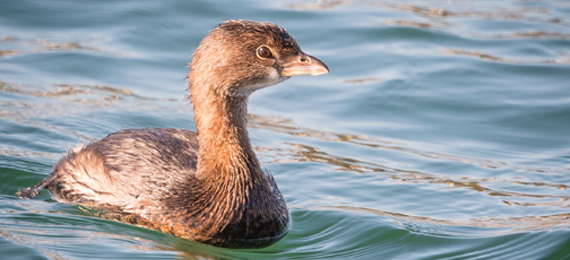
Ocean Currents usually describe the patterns or movements of wind from one place to another. They are usually generated by forces such as the wind, temperature, and rotation of the earth that act upon the ocean. These ocean currents can travel for greater distances and when they combine together they create the global conveyor belt, which can be used to determine the climate of many regions on earth. They are patterns of water movements that majorly influence climate zones and weather patterns all around the world.
How Ocean Currents Are Predicted?
The history of predicting ocean currents dates back to January 1992 when thousands of rubber ducks fell from a container and started to drift with the ocean currents. They traveled across the ocean around the world, this gave scientists information about major ocean currents.
Currently, scientists are using more sophisticated instruments that include satellite observations and sensors at sea. This update gives scientists more understanding about the ocean currents and other information such as causes of water movement, sea circulation, and so many more.
When Is World Seabird Day?
- A. July 3
- B. August 3
- C. September 3
- D. October 3
Scientists say that meteorological changes are the major factors to determine ocean currents. They also use a method called data assimilation. In this method, scientists use past observations of sea currents and numerical methods in order to get more reliable sea forecasts.
Scientists and mathematicians are still working to find better ways to improve the numerical models in order to get more accurate and realistic forecasts.
How Seabirds Can Trace Ocean Currents?
July 3 is celebrated as world seabird day. Seabirds live only in the marine environment and feed on small fishes like squid and krill. They are just like regular birds with different features that help them survive the marine environment.
You can find seabirds all over the sea traveling in a specific direction but have you ever thought the direction in which they move might be an indication that they trace the ocean currents? Yes! Scientists have now found that seabirds might trace ocean currents.
No need for any underwater instruments or radar to determine the ocean currents, the lazily resting seabirds can do it for you. Though using those instruments are easy and simple, it is difficult to access some regions in the ocean. Seabirds can be used to collect data about the ocean currents in the not easily accessible regions.
In 2011, a student from Bangor University, UK brought an annotated map of the Irish sea in which he found the trajectories of the seabirds called razorbills fitting with the GPS trackers. They wondered why the razorbills have to travel such distances to feed but they realized that food is not the only reason. David Bowers also mentioned that when the razorbills were traveling he noticed a change in direction when the direction of the tide changed. He realized that the razorbills were traveling along with the direction of the tide.
Scientists also explain how this concept of determining ocean currents using razorbills might go wrong. Birds cannot be controlled like the sensors we use, therefore sometimes their behaviors might change and it may complicate the data. Similarly, the speed at which the tides travel is not the same as the traveling speed of the razorbills. Another possibility is that the razorbills might be pushed away by the wind and their paths might deviate
Seabirds cannot replace the instruments we use for determining ocean currents but it is interesting to know what we can find in nature.
Scientists believe that someday using more advanced methods and techniques, we will be able to get accurate forecasts in a shorter amount of time. We might even be able to get updated and continuous information about the sea forecasts in our mobile phones allowing us to have a peaceful and fun-filled day at the beach.